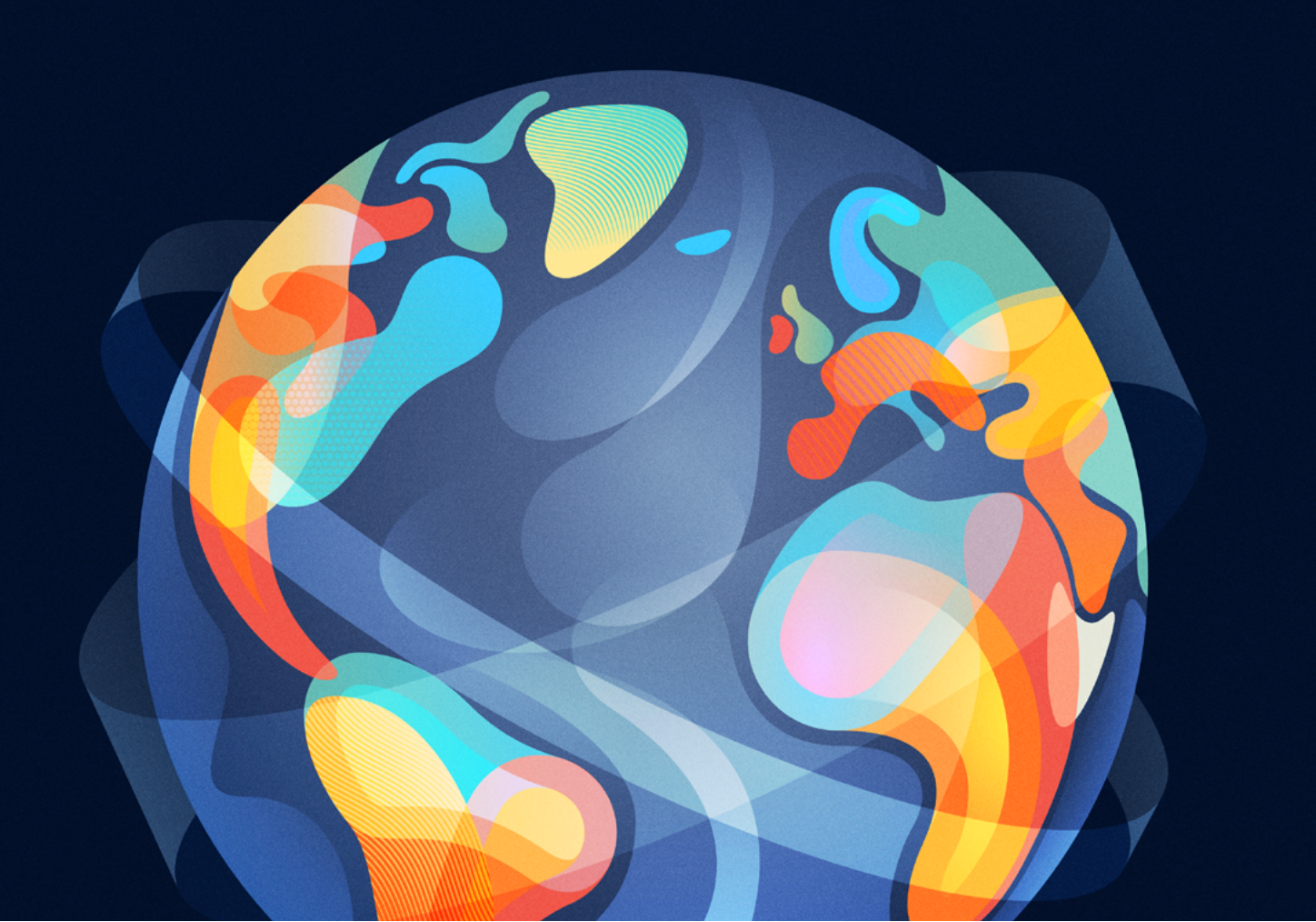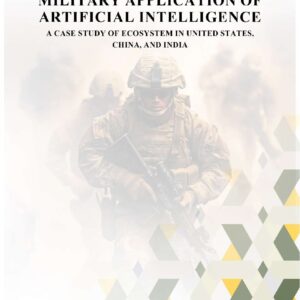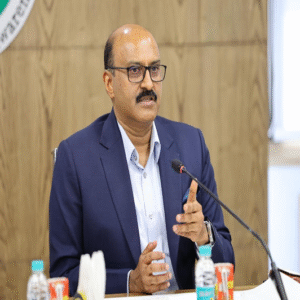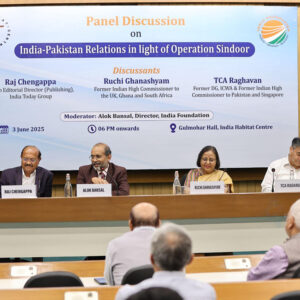The last few years have been a period of great stress for most nations across the globe. The pandemic of 2019 which originated from China, caused immense economic hardship and physical suffering for most of the world’s populace. It took about three years to contain the pandemic, but even today, it has not been fully controlled. The war in Ukraine, which began in March 2022 is still ongoing and while the conflict remains confined to Ukraine, the economic costs are being felt in many regions outside the war zone. With NATO aligned behind Ukraine, providing it with weapons, finances and political support, the war can only prolong. As China and Iran have extended support to Russia, we are witnessing the emergence of a new Cold War, with the world once again being split into two camps.
In the Indo-Pacific region, tension has been brewing now for some years between China and Taiwan, which has the potential of blowing up into a full-fledged cross-Straits crisis. China’s aggressive polices in the South and East seas is also a source of concern, especially as China has created a number of artificial islands and has laid extravagant claims to some islands.
Closer home, in West Asia, there has been a resumption of diplomatic ties between Iran and Saudi Arabia which had been severed in 2016. This is a positive development and holds out a promise for a peaceful resolution of the conflict in Yemen, but the larger ideological sectarian divide between the two countries, based on schisms between the Sunnis and Shias is unlikely to be bridged any time soon. Hostilities between these two Muslim countries has the potential to spill over into a wider conflict which could have an adverse impact on the supply and availability of energy resources from the Gulf.
In India’s immediate neighbourhood, the Taliban, which reneged on all its promises after coming to power in August 2021, remains a centre of instability. Pakistan is also going through a particularly difficult patch with severe economic challenges and with multiple internal security concerns across most parts of the country. This, in conjunction with the volatile political developments in Pakistan has made the entire Af-Pak region a veritable tinder box. The prevailing instability could spill over into neighbouring countries, including India.
In Nepal, the polity remains fractured. While the seven-party ruling coalition has elected Pushpa Kamal Dahal or ‘Prachanda’ as the Prime Minister, his own party, the Communist Party of Nepal (Maoist Centre) has only 32 seats. Nepal has had eight different governments in the last ten years and it remains to be seen if the present government can complete its full term. In the recent Presidential elections, Ram Chandra Poudel, a senior leader of the opposition Nepali Congress party, was declared the winner in March 2023. He won with the support of Prachanda, which triggered a feud among the coalition partners. This portends renewed political churning in Nepal along with political instability.
Elections are due in Bangladesh in January 2024. While the Sheikh Hasina led Awami League government has kept the Bangladesh economy reasonably buoyant, the challenges posed by radical Islamist groups such as the Jamaat remain a source of concern. How the politics develop in Bangladesh post the elections remains to be seen, but with the opposition BNP led by Khaled Zia being soft on Islamist groups, the security environment may change for the worse. Further East, Myanmar is once again under military rule and the internal security situation remains both a challenge and an enigma. Myanmar remains critical to India both on account of the security matrix in some of the Northeastern states of India as well as the fact that Myanmar is central to India’s Act East policy.
India has handled the changing dynamics caused by the pandemic as well as by the war in Ukraine and other conflict zones with great dexterity. Today, India is the fastest growing large economy in the world, and is set to become a USD 5 trillion economy earlier than the IMFs forecast of 2026-27. India’s interests in the Indo-Pacific pertain to keeping the sea lanes free and open and hence it is part of the Quad, the four-member grouping of India, Australia, Japan and the US. India is also a member of BRICS and the SCO which serve Indian interests in the economic sphere and in the Eurasian land mass. While to some, India’s membership in these organisations may seem contradictory, India has handled the competing interests with great finesse. Today, India has excellent relations with both Saudi Arabia and Iran—the two Gulf powers that are antagonistic to each other. Similarly, India has de-hyphenated its relations with both Israel and Palestine, as also with Russia and the US. The present year is also the year when India is holding the Presidency of both the G-20 as well as the SCO. But multiple challenges still remain, both internal and external.
With India determined to become a developed nation by 2047, a century after achieving Independence, the coming decade will be a time of great expectations and hope. We are indeed living in very exciting and challenging times.




